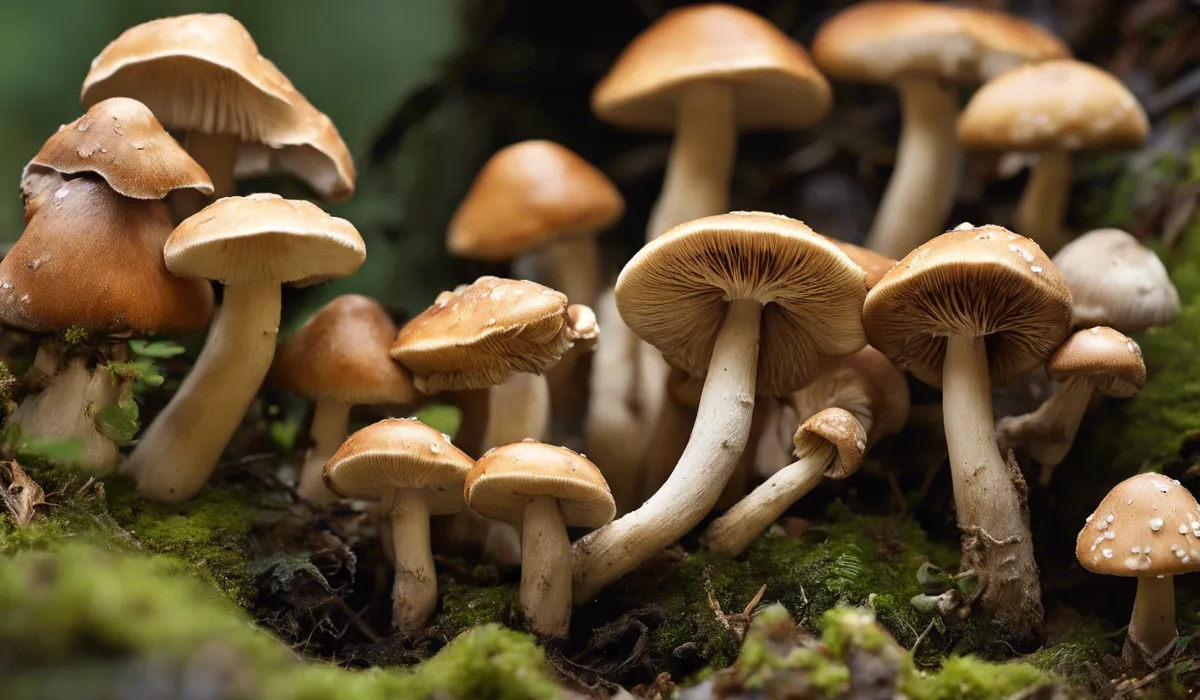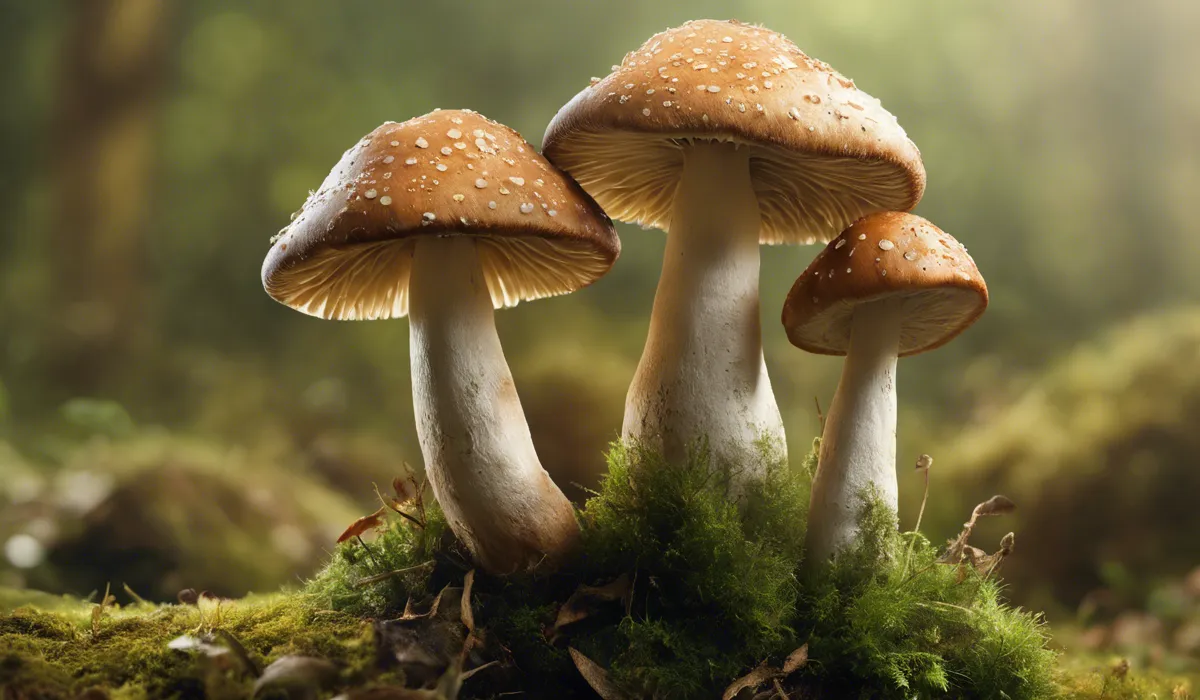Mushrooms are not mold; they are fungi. Both mushrooms and mold belong to the kingdom Fungi, but they differ in structure and growth. Mushrooms form a fruiting body, while mold consists of filamentous hyphae.
Understanding Fungi: The Basics

What Are Fungi?
Fungi are a group of living organisms that are neither plants nor animals. They include yeasts, molds, and mushrooms.
Fungi can live in the air, in soil, on plants, or in water. Many fungi are helpful to us, while others can cause sickness.
Molds vs. Mushrooms
Though both molds and mushrooms belong to the kingdom of fungi, they are quite different. Molds are usually not seen by the naked eye when they start to grow.
They appear like a fine, cottony thread on food or other surfaces. Mushrooms, however, can be seen easily.
They grow from the ground or another food source and look like umbrellas. Mushrooms are a type of fruiting body of fungi.
How Fungi Grow and Reproduce?
Fungi grow by releasing tiny spores into the air. When these spores find the right conditions, such as a warm and moist environment, they start to grow into new fungi.
This is how fungi spread and reproduce. Mushrooms release spores from the gills under their caps, while molds release spores that float through the air.
Mushrooms Characteristics & Classification

What Are Mushrooms?
Mushrooms are a type of fungi that we can often see in the forest or sometimes in our yards.
They come in different shapes, sizes, and colors. Some mushrooms are small and brown, while others can be big and colorful.
Types of Mushrooms
There are many types of mushrooms. Some common ones are button mushrooms, shiitake, and portobello.
Each type of mushroom looks and tastes different. Some mushrooms can be eaten, while others are poisonous and should never be touched.
Mushrooms in Ecosystems
Mushrooms play an important role in nature. They help break down dead plants and animals, turning them back into soil.
This process helps the forest stay healthy by recycling nutrients.
Eating Mushrooms and Their Benefits
Many mushrooms are safe to eat and are used in cooking all over the world. They can be cooked in many ways and are known for their delicious taste.
Mushrooms are also good for us because they have vitamins and minerals that our bodies need.
Mold: Features and Types

Understanding Mold
Mold is a type of fungi that looks like a fuzzy growth on food or other surfaces. It can be many different colors, like green, black, or white.
Molds grow by spreading their spores in the air, and they love damp places.
Common Varieties of Mold
There are many kinds of mold. Some molds that you might find at home are called Penicillium, Aspergillus, and Cladosporium.
These molds can grow on bread, cheese, and other foods when they are left out for too long.
Health and Environmental Impact of Mold
Mold can be bad for our health, especially if we breathe in their spores. It can cause coughing, sneezing, and make it hard to breathe for some people.
It’s important to keep our homes clean and dry to stop mold from growing.
Mold’s Role in Decomposition
Molds are important in nature because they help break down dead things. Just like mushrooms, molds help turn dead plants and animals into soil that can be used again.
This helps keep the cycle of life going in the forest.
FAQs About Mushrooms and Mold
Are mushrooms considered a type of mold?
No, mushrooms are not considered a type of mold; they are a distinct form of fungi that produce a fruiting body.
What kingdom do both mushrooms and mold belong to?
Both mushrooms and mold belong to the kingdom Fungi.
What is the main structural difference between mushrooms and mold?
Mushrooms have a defined fruiting body, while mold is made up of filamentous hyphae.
Can mold and mushrooms grow in the same environment?
While both can thrive in moist environments, they require different conditions and substrates to grow optimally.
Are mushrooms safe to eat if mold is not?
Many mushrooms are safe to eat, but it depends on the species; some are poisonous. Mold, on the other hand, can be harmful if ingested and should not be eaten.
Final Thoughts
While mushrooms are not mold, they do share the commonality of being part of the fungal kingdom.
The distinction lies in their structures; mushrooms produce a fruiting body for reproduction, whereas mold is characterized by its network of thread-like hyphae.
These differences highlight the varied forms life can take within a single biological kingdom.
